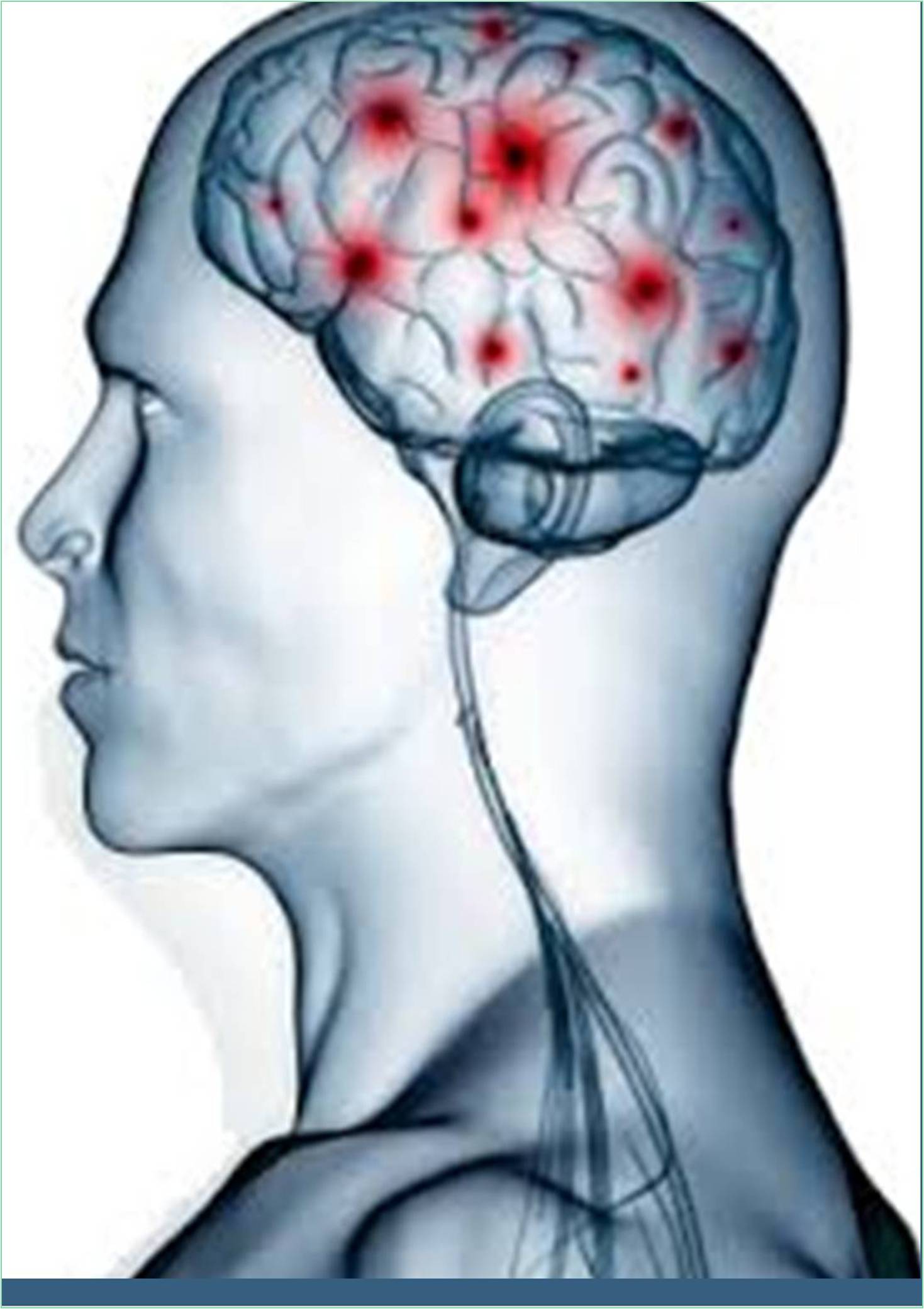



Received: 25-Nov-2022, Manuscript No. GJNN-22-85345; Editor assigned: 28-Nov-2022, Pre QC No. GJNN-22-85345 (PQ); Reviewed: 12-Dec-2022, QC No. GJNN-22-85345; Revised: 19-Dec-2022, Manuscript No. GJNN-22-85345 (R); Published: 28-Dec-2022, DOI: 10.15651/2449-1942.22.10.011
Bipolar disorder, often known as Manic-Depressive Illness (MDI), is a common, severe, and lasting mental illness. It is classified as such in the ICD-10. A substantial lifetime challenge and effort are presented by this ailment (Zhu N, 2020).
Signs and symptoms
Bipolar disorder is characterised by strong, prolonged depressive episodes that are punctuated with manic euphoria or irritable episodes.
Manic episodes last at least a week and are characterised by excitement, impatience, or expansiveness.
There must be at least three of the following additional signs:
• Grandiosity
• Reduced demand for sleep
• Speaking too much or speaking under pressure
• Flowing ideas or frantic thoughts
• Distractibility is demonstrated clearly
• Increased level of goal-oriented behaviour at work, home, or during sexual engagement
• Too enjoyable activity, frequently with negative effects
A hypomanic episode is identified by an elevated, expansive, or irritable mood that lasts for at least four days straight. To be diagnosed with hypomania, three or more of the aforementioned symptoms must be present. The difference is that with hypomania, these symptoms aren't strong enough to seriously hinder social or occupational functioning, demand hospitalization, or be connected to psychosis (Hoffmann M, 2018).
A severe depressive episode is defined as the presence of five or more of the symptoms mentioned below, at least one of which must be either a depressed mood or a lack of interest or pleasure, for at least two weeks:
• Feeling down
• Markedly reduced enjoyment or interest in almost all activities
• Severe appetite rise, significant appetite reduction, or significant weight gain
• Sleeplessness or hypersomnia
• Agitation or psychomotor retardation
• A decrease in energy or tiredness
• Negative self-worth or excessive guilt
• Decreased ability to concentrate or clearly indecisiveness
• Preoccupation with death or suicide; patient has a plan or has attempted suicide (Chen Y, 2020).
The examination of patients with a suspected bipolar disorder includes the Mental Status Examination and any supporting assessments (Fehr AR, 2015) .
• Appearance
• Affect/mood
• Thought material
• Perception
• Suicide/self-destruction
• Homicide/violence/aggression
• Judgment/insight
• Cognition
• Physical wellbeing
• Testing ( Gao Y, 2020)
Although laboratory tests may be required to rule out other potential causes of the patient's signs and symptoms as well as to establish baseline data prior to providing certain drugs, Based on the patient's history and clinical course, bipolar disorder is identified.
The following laboratory tests are a few that could be beneficial:
• CBC total
• ESR values
• Levels of fasting glucose
• Amounts of electrolytes
• Protein amounts
• Levels of thyroid hormone
• Blood urea nitrogen and creatinine concentrations
• Lipid panel for the liver
• Screening for alcohol and drugs
• Additional laboratory tests, such as these, may be required depending on the patient's symptoms.
• Urinalysis for copper
• Testing for nuclear antibodies
• An HIV test
• A VDRL test
Before starting antidepressant therapy and with senior patients, electrocardiography is crucial. For some patients, electroencephalography and/or MRI may be necessary.
Bipolar disorder is treated with a combination of psychotherapy and medication, depending on the intensity of the episode's various phases (such as mania or depression). Always check for suicidality, homicidality, acute or chronic psychosis, as well as other unstable or dangerous states, in patients with mania, hypomania, or mixed episodes, as well as those with bipolar depression.
The following medications are used to treat people with bipolar disorder:
• For severe agitation, use benzodiazepines
• Antimanic substances
• Anticonvulsants
• Initially developed antipsychotics
• Antipsychotics of the second generation
• Modulators of serotonin-dopamine activity
• Antipsychotics based on phenothiazine
Zhu N, Zhang D, Wang W, Li X. (2020). A novel coronavirus from patients with pneumonia in China. New Eng J Med.38:50-78. [Crossref], [Google Scholar], [PubMed]
Hoffmann M, Kleine-Weber H, Schroeder S (2018). SARS-CoV-2 cell entry depends on ACE2 and TMPRSS2 and is blocked by a clinically proven protease inhibitor. Cell. 20:2-20. [Crossref], [Google Scholar], [PubMed]
Chen Y, Liu Q, Guo D (2020). Emerging coronaviruses: genome structure, replication, and pathogenesis. J Med Virol. 92(4): 418-423. [Crossref], [Google Scholar], [PubMed]
Fehr AR, Perlman S (2015). Coronaviruses: an overview of their replication and pathogenesis. Methods Mol Biol.12(82): 1-23. [Crossref], [Google Scholar], [PubMed]
Gao Y, Liming Y, Yucen H, Fengjiang L, Yao Z, Lin C, Tao W (2020). Structure of the RNA-dependent RNA polymerase from COVID-19 virus. Science.64(92):779-782. [Crossref], [Google Scholar], [PubMed]